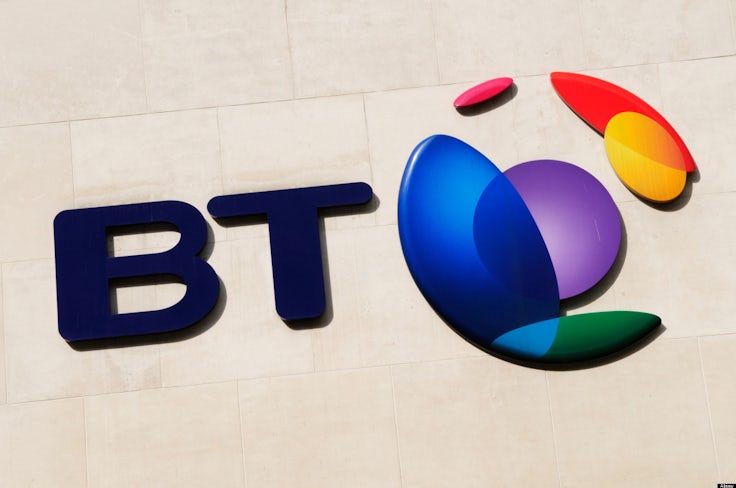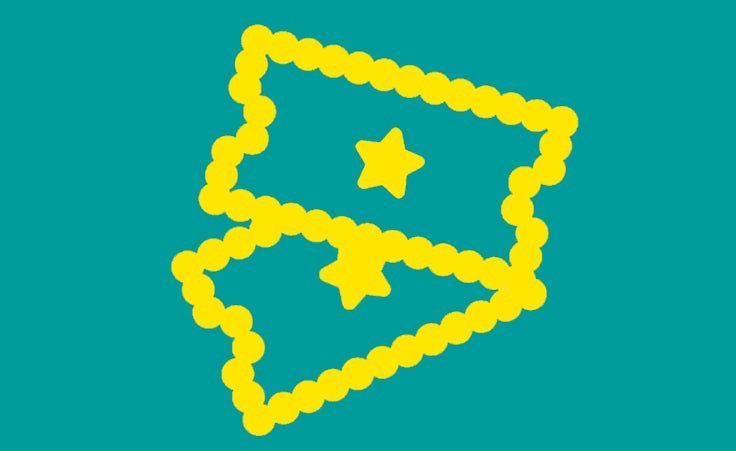BTEE? What BT’s acquisition of EE could mean for their brands
BT has entered exclusive talks to buy EE, posing a branding conundrum as the leader in fixed-line contracts looks to take over one of the UK’s biggest mobile operators.

BT is currently in an exclusive agreement with Deutsche Telekom and Orange, who own EE. The talks could last several weeks, allowing for negotiations between the brands before a final agreement is concluded.
BT is looking to buy EE for £12.5 billion as a part of a debt/cash deal. Under the proposed deal Deutsche Telekom would hold 12% and Orange 4% of BT’s shares.
The exclusive agreement does not require the parties to commit to a transaction. However, assuming that the deal does go through, it raises questions about what this means for each brand’s identity and what the most effective marketing strategy will be moving forward.
Who holds more brand power?
EE got off to a rocky start with many people confused by the brand when it initially launched as Everything Everywhere in 2010. As a combination of Deutsche Telekom, Orange and T-Mobile, it didn’t leave a strong impression on the market until it became the first brand to host a 4G network.
In a short space of time it has become a well-known brand ranked as the fourth strongest mobile operator, behind O2, Virgin and Tesco Mobile, according to YouGov’s BrandIndex. With an Index score, a measure of a range of metrics including quality, impression and satisfaction, of 3.9, it is ahead of 30 other brands within mobile category.
BT has a history of trying to break into the mobile market. In 1999 the company rebranded when it partnered with Securicor, to become BT Cellnet – a combined telephone and mobile service. This was re-launched in June 2002 as O2, a separate company, which was ultimately purchased by the Spanish brand Telefonica.
BT’s Index score on BrandIndex shows that the brand has fallen by 4 points in the past year. Nonetheless it remains one of the top three broadband brands behind Virgin and Sky.
Peter Walshe, Millward Brown’s global strategy director for BrandZ, highlights that both brands show a weak point when looking at their future potential. Using BrandZ’s Top 100 Most Valuable Global Brands in 2014 list, he argues both brands struggle when looking at future sales that would be purely driven from the attractiveness of the brand.
However, BT is the third highest climber on the list. Its brand power increased by 61% to a value of $15.4billion in 2014 and it is regarded as “in control”, “trustworthy” and “straightforward”, according to Walshe.
“BT is one of the more powerful UK brands that derives considerable value from what its brand means to consumers. It is still behind arch rivals Sky and Virgin Media in brand power score and while its two rivals are seen as far from ‘straightforward’ and significantly less ‘trustworthy’, they do rate much more highly in being ‘creative’,” says Walshe.
EE is very “creative”, “different” and somewhat “rebellious” although it has less overall brand power, according to Walshe.
“The mix of BT and EE, if well managed, could achieve the combination of complimentary characteristics that would lead to a significant shift [for the brand]. BrandZ data suggests it would be better led by the BT name, or something that sounds just like it – such as ‘BTEE’,” says Walshe.
Quad-play
With the eventual purchase of EE, BT could join Virgin and TalkTalk in creating a full complement of communications services for the home, including broadband, TV, landline and mobile. The move enables BT to accelerate its existing mobility strategy.
As well as possessing fibre broadbrand and Wi-Fi services, the brand would inherit the UK’s most advanced 4G network which BT claims will help give it greater control with future investment and product innovation.
Dominic Baliszewski, telecoms expert at broadbandchoices.co.uk, says: “Quad-play has the potential to save customers a great deal of money and BT in particular has the infrastructure at its disposal to offer some truly compelling pricing alongside robust coverage with EE’s UK mobile-coverage and BT’s 5 million Wi-Fi hotspots.”
Lindsay Wall, client services director at Rufus Leonard believes that the move to quad-play holds the solution to the branding dilemma raised by a prospective partnership.
“The answer may lie with BT’s need to cement its position in the consumer market by becoming the king of quad-play. This would likely sit easier under the BT brand than coming from the less than five year old EE.”






